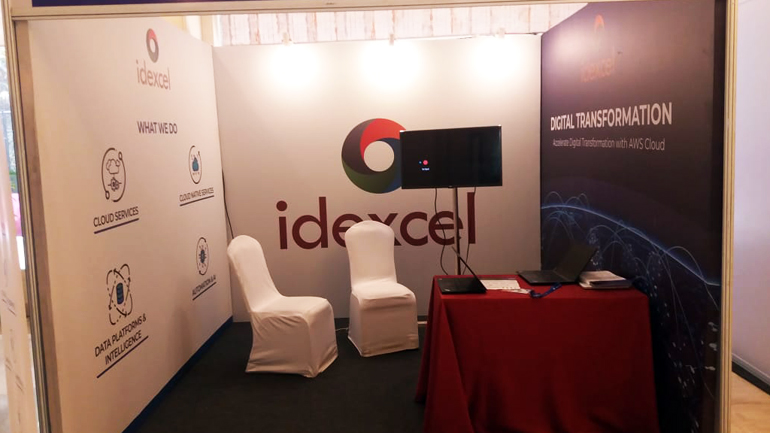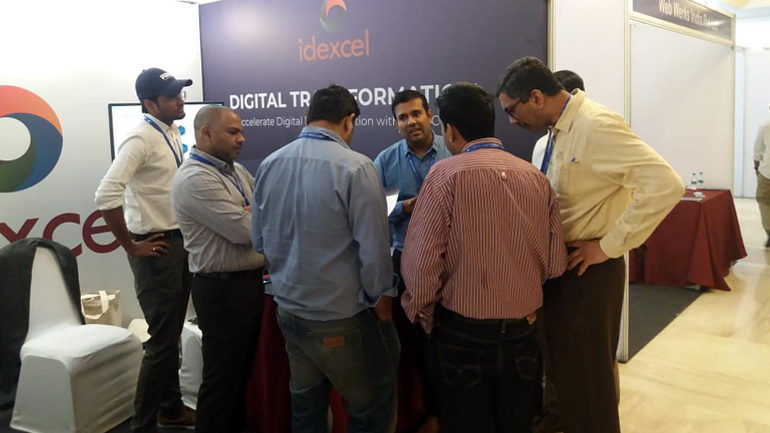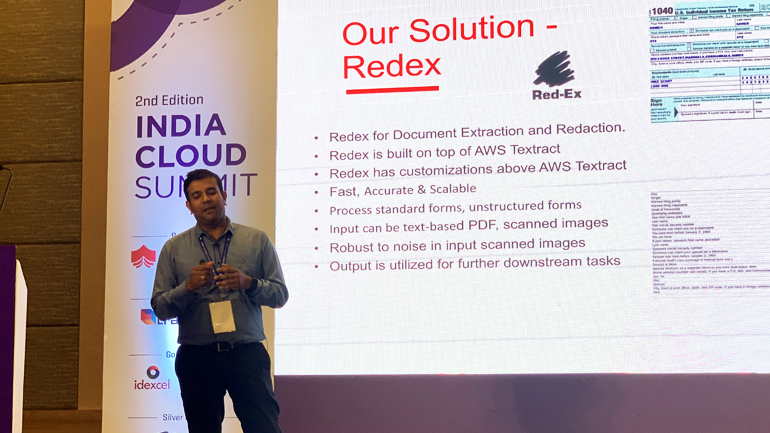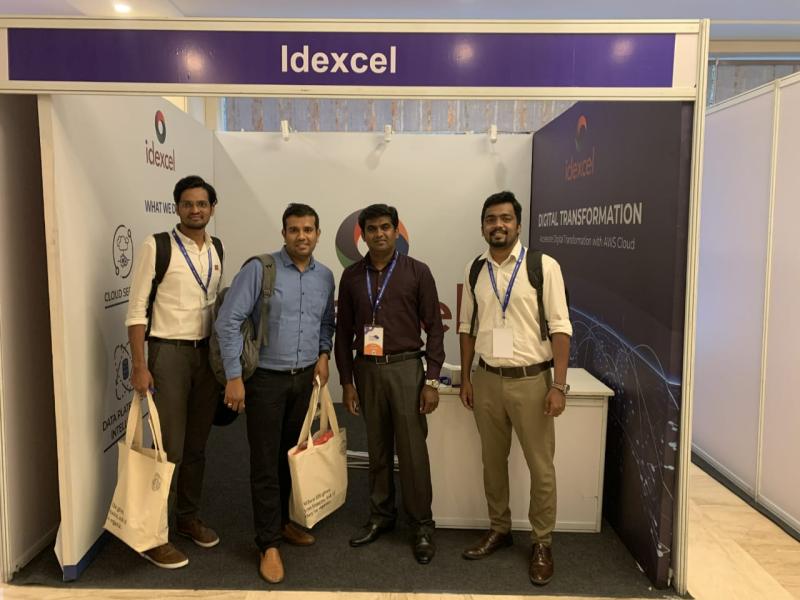
Cloud computing is on the rise as evidenced by CISCO, which notes that the cloud’s data is going to amount to 14.1ZB by 2020. As a result of this output, the IoT space has become the talk of the town, growing at a slow and steady pace. Cloud computing is all about making use of data from a centralized storage area.
However, despite its advantages, it also exists with its set of disadvantages. Since the cloud is responsible for handling and storing large datasets, there is often a concern surrounding its latency, which can leave something to be desired.
This is where edge computing differs from cloud, providing a better, handy solution to organizations and users alike. Let’s look at the differences between the two types of computing and further try to understand which one is better for businesses and users alike.
Edge computing vs. cloud computing
When one talks about cloud computing vs. edge computing, the main difference worth looking at is how data processing takes place. As of now, most of the data processing through the existing IoT systems is performed within the cloud, using a series of centralized servers. As a result of this, all the low-end devices, as well as the gateway ones, are used for aggregating data to perform low-level processing.
Edge computing differs as it follows a completely different approach. It moves the processing away from the centralized servers, and closer to the end users. By 2020, almost 45% of the world’s data will be stored and processed on the edge of the network, or perhaps even closer than this.
So the question arises: Why is cloud computing alone not enough?
The amount of data being processed every second is not adequately supported by cloud computing. Having spoken about latency within the cloud computing world, there is a lot that cloud computing does not provide to cloud-based applications. Given the amount of stored data within the cloud, there are two problems that transpire during the processing stage—latency in processing and high number of wasted resources. These issues exist especially in decentralized data centers, mobile edge nodes, and cloudlets.
When smart devices generate data, everything is piled on and transferred to the cloud for further processing. When this happens, the cloud’s data centers and networks are overloaded. Increased amount of latency and inefficiency can prove to be an unsurmountable challenge for cloud-based data.
Edge computing helps analyze data in a manner that is closer to the source of said data. Through this method, it helps not only to minimize data’s dependency on the app or service, but also helps speed up the processing of such data processing.
Edge computing and its finer details
The main difference between edge computing and cloud computing is that edge computing offers a flexible, decentralized architecture, which means that everything is processed on the devices itself. Instead of processing everything in the cloud, where you may find a data overload, the apps or devices are used for processing the stored data before sending it to the cloud. This means that everything is processed at a much faster pace, curbing the need to wait large periods of time for data processing.
There are two types of edge computing:
Cloud edge: The public cloud is extended to a series of point-of-presence (PoP) locations.
Device edge: When a software runs on existing hardware
The main difference between the two lies in the way they are priced, as well as their deployment procedures. The cloud edge is an extended form of the traditional cloud, which sees the cloud provider responsible for the working and maintenance of the entire model. Device edge exists primarily within the hardware, making it possible to process real-time data in a manner that is very speedy and accurate.
When thinking of edge computing, there are three ways in which the technology can be employed by and brought to end-users.
Fog computing: all the data is evenly distributed between a centralized computing infrastructure and devices.
Mobile edge computing: also known as MEC, this is an architecture that brings the cloud’s computational and storage capacities closer to the end-users’ mobile networks.
Cloudlet computing: this term refers to an infrastructure that uses smaller data centers for offloading data, bringing the cloud closer to the end-users.
Considering the benefits of edge computing, once could see why it would be favorable to choose edge computing over cloud computing. It is arguably one of the best of its kind, making it a perfect choice for people with data provision.
Also Read
How to Minimize Your Cloud Security Risks
7 Reasons Why You Should Choose AWS as Your Cloud Partner
Big Data and Cloud Computing – Challenges and Opportunities
Thinking about DevOps culture? Inculcate these 5 must haves to make the most of it











